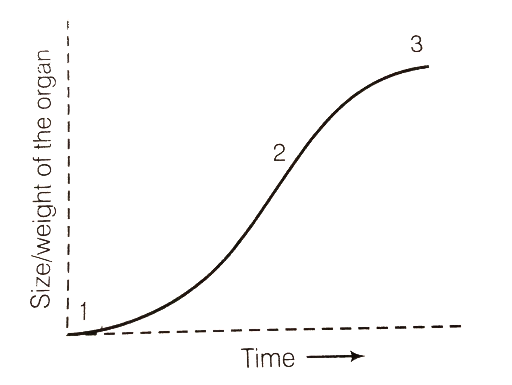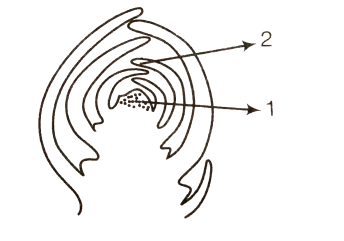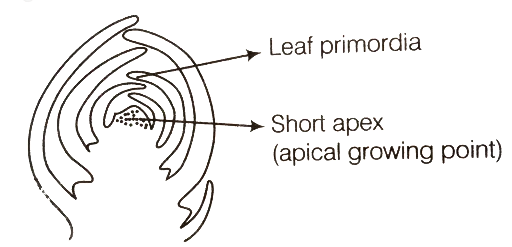NCERT Exemplar for Class 11 Biology - Plant Growth and Development - Free PDF Download
FAQs on NCERT Exemplar for Class 11 Biology Chapter-15 (Book Solutions)
1. Where can I find the NCERT Exemplar for Class 11 Biology Chapter-15, Plant Growth and Development with Proper Book Solutions?
The students of class 11 preparing for biology can easily find a lot of study materials for boosting their studies using Vedantu.com. At Vedantu, you can find free PDFs of every class 11 biology study material, such as NCERT Exemplar with solutions, NCERT solutions, and so much more, which can be easily downloaded from the Vedantu website or app. These PDFs can be read online, offline, in hard copy, or in soft copy to make your studies interesting and detailed in a fun way.
2. How many questions are present in NCERT Exemplar for Class 11 Biology Chapter-15 - Plant Growth and Development with Proper Book Solutions?
There are four varied sections, in which the NCERT Exemplar for Class 11 Biology Chapter-15 - Plant Growth and Development with Proper Book Solutions are divided into. These are Multiple Choice Questions (MCQs), Very Short Answer type questions, Short Answer Type Questions, and Long answer type questions. These questions help a student of Class 11 biology to have a better understanding of the concepts. The students of Class 11, studying biology, should try doing these on a regular basis for better performance.
3. Is NCERT Exemplar for Class 11 important for getting good marks in Class 11 Biology?
The NCERT Exemplar for class 11 helps a student to understand the topics from NCERT more clearly. The students of class 11 will find these solutions easy to understand and remember. These questions test your knowledge and help you to keep a track of your progress, which in Class 11, should be done by everyone as these topics make up your understanding of plant physiology. To do that, NCERT Exemplar is a great book that also helps a student in competitive exams, like NEET, for biology students.
4. A short-day plant, when exposed to quite a critical period of sunshine, fails to flower. Explain this from the NCERT Exemplar for Class 11 Biology Chapter-15, Plant Growth and Development.
This question is from NCERT Exemplar for Class 11 Biology Chapter-15, Plant Growth and Development. Short-day plants are the plants that require the exposure of light periods much shorter than the critical light periods. In these plant flowers, only the photoperiod is below the critical period, i.e., the uninterrupted long, dark period is needed. When these plants are exposed to a photoperiod longer than the critical period, they fail to supply flowers. Flowering is induced by a hormone in plants. The hormone is present in leaves and migrates to shoot apices in response to the required photoperiod.


























